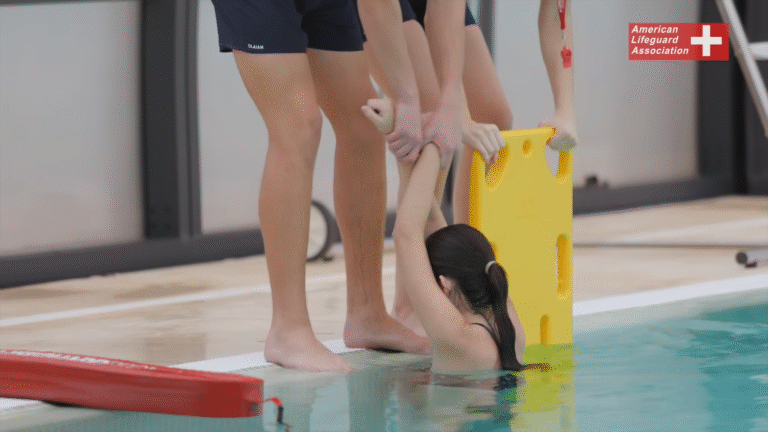
Introduction: Defying Fashion’s Boundaries
Comme des Garçons, the iconic Japanese fashion label founded by Rei Kawakubo in 1969, stands as one of the most revolutionary forces in the fashion world. Unlike traditional fashion houses that build collections commedesgarconscom around trends, functionality, or aesthetic beauty, Comme des Garçons thrives on disruption, ambiguity, and experimentation. Rei Kawakubo’s vision, deeply rooted in abstract concepts and radical design, challenges the very definitions of what clothing is meant to be. From oversized silhouettes to asymmetry, unfinished hems to monochrome palettes, every Comme des Garçons collection is a piece of wearable art that resists categorization.
In the realm of high fashion, few brands have dared to push the envelope with the same persistence and philosophical depth. Comme des Garçons doesn’t just offer clothes—it offers questions, provocations, and often, confusion. Through its deconstructive approach, the brand invites audiences to reconsider their understanding of fashion as a form of expression, rebellion, and conceptual storytelling.
The Philosophy Behind the Brand
At the heart of Comme des Garçons is Rei Kawakubo’s desire to make clothes that didn’t exist before. She has famously expressed her aim to create “a new way of thinking about fashion.” This ambition manifests itself not in trend-following but in trend-breaking. Kawakubo’s creative process is known to begin with abstract concepts—often emotionally or intellectually driven—and translate them into garments that challenge conventional design rules.
The brand’s philosophy is less concerned with wearability and more with provoking thought. It resists binary concepts like beauty and ugliness, masculine and feminine, or finished and unfinished. Kawakubo’s clothes often exist in the grey areas between these dichotomies. She builds garments that sometimes appear incomplete or “wrong” by commercial standards, yet they hold deep artistic integrity and emotional resonance.
This philosophical approach has made Comme des Garçons one of the leading voices in what many refer to as “anti-fashion”—a movement that critiques mainstream fashion through unconventional design. However, Kawakubo rejects even that label, preferring not to be boxed in by definitions, categories, or expectations.
Deconstruction as a Design Tool
Comme des Garçons is often synonymous with the concept of deconstruction in fashion. Deconstruction refers to the process of taking traditional garment structures apart and reassembling them in new, often jarring ways. This approach undermines the expected harmony and functionality of clothing in favor of evoking emotion or thought.
In many collections, seams are exposed, linings become the exterior, and the body is obscured rather than accentuated. Kawakubo treats fabric not as a tool to flatter the human form but as an independent medium. Her garments often distort silhouettes—padding in unexpected places, layering to the point of chaos, and ignoring gendered tailoring norms altogether.
This way of designing doesn’t just subvert expectations—it forces viewers to reflect on their assumptions about clothing. Why must a dress emphasize the waist? Why must a jacket be symmetrical? These questions are embedded in every Comme des Garçons collection and reveal how fashion can function as a medium for cultural critique and intellectual exploration.
The Runway as Performance
A Comme des Garçons runway show is never just a presentation of a seasonal collection; it is a performance, a narrative, and often, a confrontation. Each show tells a story, though often abstract or surreal, through garments that are theatrical and sculptural. The models don’t just walk—they often appear as living installations or characters in a story that resists linear interpretation.
One of the most memorable examples of this was the Fall/Winter 2017 collection titled “The Future of the Silhouette,” where models walked down the runway in bulbous, oversized constructions made of colorful, clashing fabrics. The pieces hardly resembled traditional clothing and drew immediate comparisons to wearable art. Critics and fans debated their meanings, often reaching wildly different conclusions.
This ambiguity is precisely what Kawakubo seeks to achieve. Her runway presentations are an extension of her belief that fashion can be conceptual, reflective, and sometimes uncomfortable. Like contemporary art, her shows don’t offer answers but provoke emotions and reactions that linger long after the models exit the stage.
Collaboration, Commerce, and Contradiction
While Comme des Garçons is often viewed as an avant-garde, cerebral label, it also maintains a strong presence in the commercial sphere. This is largely due to the business acumen of Adrian Joffe, Kawakubo’s husband and CEO of the company. Under his leadership, the brand has launched various sub-labels (like Comme des Garçons Play and Noir), collaborated with mainstream brands such as Nike and H&M, and created the iconic multi-brand retail space Dover Street Market.
These ventures show that Comme des Garçons is not opposed to High Top Converse commerce but seeks to engage with it on its own terms. The collaborations often juxtapose the brand’s radical aesthetic with more accessible designs, creating a dialogue between high fashion and streetwear, exclusivity and accessibility.
This ability to balance commercial success with uncompromising artistic vision is part of what makes the brand so influential. It proves that experimental fashion doesn’t have to exist only on the fringes—it can shape mainstream culture without being diluted.
Rei Kawakubo’s Legacy
Rei Kawakubo’s legacy is not just in the clothes she creates but in the space she has carved out for experimentation in fashion. She has inspired generations of designers to question, to subvert, and to push beyond the boundaries of form and function. Designers such as Martin Margiela, Demna Gvasalia, and Yohji Yamamoto have all drawn inspiration from her work, as have artists in other disciplines.
Her influence also extends into the institutional world of art and fashion. In 2017, Kawakubo became only the second living designer to receive a solo exhibition at the Metropolitan Museum of Art’s Costume Institute. Titled “Rei Kawakubo/Comme des Garçons: Art of the In-Between,” the exhibit celebrated her ability to exist in liminal spaces—not just in fashion, but between fashion and art, masculine and feminine, beauty and distortion.
Kawakubo has continuously refused to explain her work in literal terms, encouraging audiences to find their own interpretations. In doing so, she empowers the viewer and wearer to engage with fashion in a deeply personal way.
Conclusion: Fashion as a Language of Experimentation
Comme des Garçons is more than a fashion label—it is an artistic philosophy, a refusal to conform, and a continuous exploration of the unknown. Through Rei Kawakubo’s visionary lens, the brand has made experimental fashion both a legitimate and essential part of the global fashion conversation.
By rejecting traditional aesthetics, embracing imperfection, and consistently challenging the norms of beauty and function, Comme des Garçons reminds the world that fashion can be a language of ideas rather than just a medium of trends. In an industry often obsessed with repetition and predictability, Kawakubo’s commitment to originality and experimentation is not just refreshing—it is necessary.






